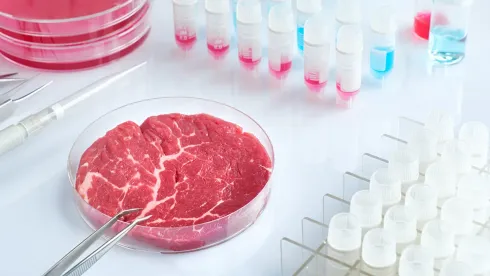
By Bhanu Sontela
Researchers at Finland's Aalto University and the University of Bayreuth in Germany have developed a new skin-mimicking hydrogel that heals 90% of wounds within four hours and fully heals them in 24 hours.
The innovation promises to transform wound care and regenerative medicine with the provision of a fast-acting, stretchy and self-healing material that mimics the natural functions of human skin.
The hydrogel consists of a blend of clay nanosheets and very entangled polymer chains. When the polymer strands are broken, they re-bond, and this allows the material to heal without sacrificing strength or flexibility. The gel is created by using an ultraviolet (UV) light process to harden the structure, much like the curing process that is used with gel nail polish.
This advance goes beyond previous challenges in the development of synthetic skin, in which materials were forced to trade off between strength and self-healing capacity, but not typically both. With this dual capability, the hydrogel opens the door to new uses in artificial skin, drug delivery and soft robotics.
“This work is an exciting example of how biological materials inspire us to look for new combinations of properties for synthetic materials. Imagine robots with robust, self-healing skins or synthetic tissues that autonomously repair," Olli Ikkala, from Aalto University, said in an article for News Medical Life Sciences. “It's the kind of fundamental discovery that could renew the rules of material design.”
Even though the hydrogel hasn't been used in practical applications yet, researchers are optimistic regarding its future. Its potential for wound healing and resistance to mechanical stress can be the key to its use in medical treatments of injury, burn or surgery, and even in robotics and other elastic technologies.
Before taking the hydrogel to market, scaling up production, human trials and seeking commercial partnerships are the next steps. The research teams are attempting to make the material suitable for clinical safety standards and scalable for mass production for use in the real world.



